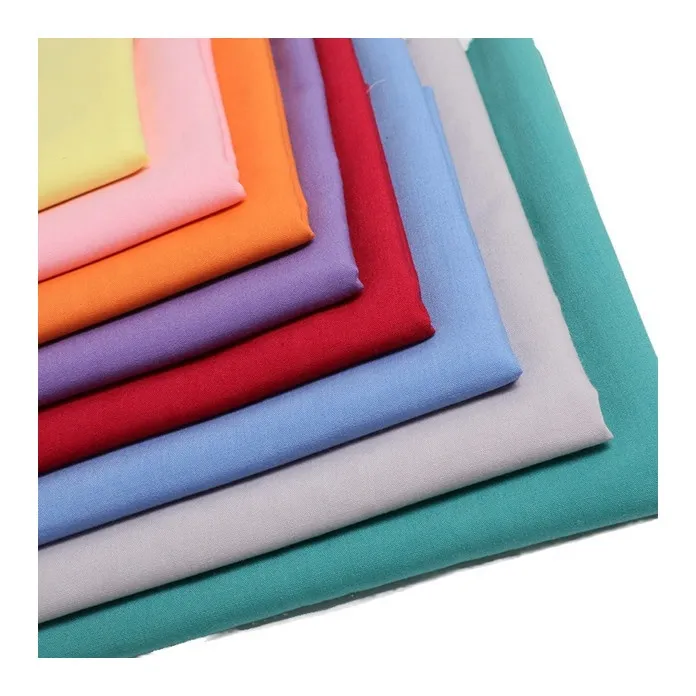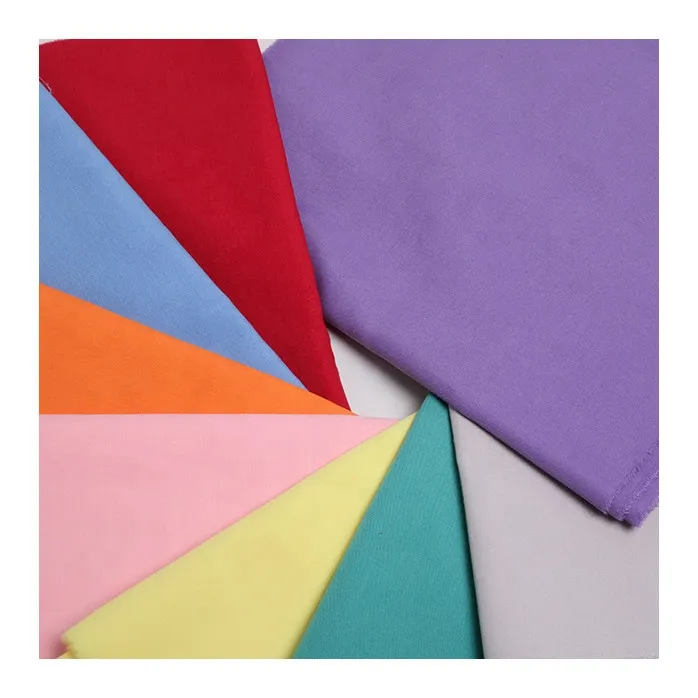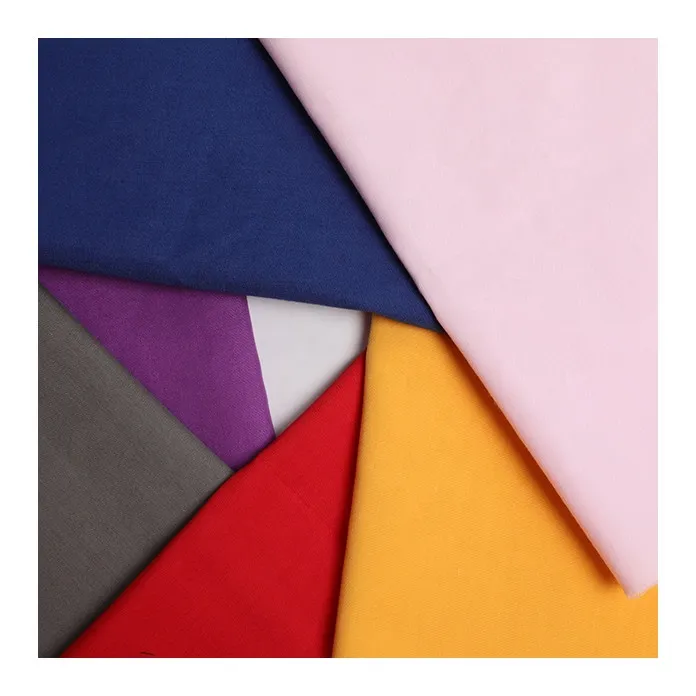
- Afrikaans
- Albanian
- Amharic
- Arabic
- Armenian
- Azerbaijani
- Basque
- Belarusian
- Bengali
- Bosnian
- Bulgarian
- Catalan
- Cebuano
- Corsican
- Croatian
- Czech
- Danish
- Dutch
- English
- Esperanto
- Estonian
- Finnish
- French
- Frisian
- Galician
- Georgian
- German
- Greek
- Gujarati
- haitian_creole
- hausa
- hawaiian
- Hebrew
- Hindi
- Miao
- Hungarian
- Icelandic
- igbo
- Indonesian
- irish
- Italian
- Japanese
- Javanese
- Kannada
- kazakh
- Khmer
- Rwandese
- Korean
- Kurdish
- Kyrgyz
- Lao
- Latin
- Latvian
- Lithuanian
- Luxembourgish
- Macedonian
- Malgashi
- Malay
- Malayalam
- Maltese
- Maori
- Marathi
- Mongolian
- Myanmar
- Nepali
- Norwegian
- Norwegian
- Occitan
- Pashto
- Persian
- Polish
- Portuguese
- Punjabi
- Romanian
- Russian
- Samoan
- scottish-gaelic
- Serbian
- Sesotho
- Shona
- Sindhi
- Sinhala
- Slovak
- Slovenian
- Somali
- Spanish
- Sundanese
- Swahili
- Swedish
- Tagalog
- Tajik
- Tamil
- Tatar
- Telugu
- Thai
- Turkish
- Turkmen
- Ukrainian
- Urdu
- Uighur
- Uzbek
- Vietnamese
- Welsh
- Bantu
- Yiddish
- Yoruba
- Zulu
Soft & Durable Beige Cotton Fabric | Natural Material
Understanding Beige Cotton Fabric: Technical Properties
Beige cotton fabric, technically designated as a versatile cotton textile with exceptional balance and flexibility, has become increasingly important in multiple industries due to its neutral color profile and adaptability. According to research from the Textile Research Institute, natural cotton fibers account for approximately 27% of all textile production worldwide.

Close-up of premium beige cotton texture

Manufacturing precision for consistent quality

Commercial rolls ready for garment production
The distinctive characteristics of beige cotton fabric make it particularly valuable in applications requiring a neutral foundation color. Unlike synthetics, pure cotton fabrics offer superior breathability and moisture absorption - critical factors in clothing and medical textiles according to findings published in the Journal of the Textile Institute.
Technical Specifications Comparison
| Parameter | Beige Cotton Fabric | Blue Cotton Fabric | Burnt Orange Cotton | Brown Cotton |
|---|---|---|---|---|
| Thread Count (per inch) | 110x76 | 108x78 | 112x74 | 105x80 |
| Colorfastness Rating | Grade 5 | Grade 4 | Grade 4-5 | Grade 5 |
| GSM Weight | 120-125 | 115-120 | 118-122 | 125-130 |
| Shrinkage Rate (%) | 2.1-2.5 | 2.5-2.8 | 2.0-2.4 | 2.6-3.0 |
| Tensile Strength (warp) | 85 kgf | 82 kgf | 87 kgf | 80 kgf |
Cotton Fabric Market Data Analysis
Color Preference Trends in Cotton Textiles
Global Price Index Comparison ($/meter)
Global Production Share by Color Category
Industry Applications of Beige Cotton Fabric
Modern beige fabric cotton serves as a foundational material across multiple industries. Data from the Global Textile Federation indicates that nearly 38% of all medical textiles now utilize cotton as their primary base material.
Fashion & Apparel
Beige cotton fabric serves as the canvas for printed designs and textile artistry. The neutral background allows digital prints to display true color reproduction.
Home Decor
Drapes, upholstery, and decorative elements benefit from the warmth and natural appearance of brown cotton fabric variations.
Medical Textiles
Antimicrobial finishes applied to beige cotton fabric create ideal surgical drapes and examination table covers in healthcare settings.
Technical FAQ: Expert Fabric Insights
Q: What distinguishes poplin from other cotton weaves?
A: Poplin features a ribbed texture created by alternating fine warp yarns with thicker weft threads, resulting in a distinctive crosswise rib pattern. This weave provides exceptional durability while maintaining lightweight drape characteristics.
Q: How does carded cotton differ from combed alternatives?
A: Carded cotton undergoes mechanical cleaning to remove impurities and align fibers, while combed cotton undergoes an additional refinement process that removes shorter fibers and impurities for premium smoothness. Combed yarns offer greater strength consistency (typically 15-20% stronger) with reduced pilling tendencies.
Q: Why choose air-jet weaving technology?
A: Air-jet looms create fabrics with superior dimensional stability and consistent tension, achieving production speeds 3x faster than conventional shuttle looms. This technology enables the creation of high-density fabrics like our 110x76 poplin while minimizing mechanical stress on fibers.
Q: How do I calculate fabric GSM requirements?
A: Grams per Square Meter (GSM) = (EPI + PPI) × (Warp Count + Weft Count) / 1000 × Fabric Width × Specific Constants. For garment production, typical shirting fabrics range from 90-140 GSM, with our premium beige cotton fabric at the industry-preferred 120-125 GSM sweet spot.
Q: What finishing processes enhance cotton performance?
A: Key finishing treatments include:
- Mercerization for increased strength and dye affinity
- Sanforization for shrinkage control (
- Wrinkle-free resin treatments for easy-care properties
- Soil-release finishes for stain resistance
Q: How does thread count impact fabric quality?
A: Our balanced 110x76 construction offers optimal surface coverage and drape characteristics. Higher thread counts (140+) create heavier, stiffer fabrics suitable for different applications. According to ASTM D3775 standards, true thread count requires microscopic analysis to prevent marketing exaggeration.
Q: Why has beige become such a significant color option?
A: Beige cotton fabric serves as the neutral foundation for subsequent dyeing and printing operations. Research from the AATCC indicates neutral backgrounds increase final print color accuracy by 30-40% compared to colored bases.
Ready to Source Premium Cotton Fabrics?
Hebei Bosswin Textile specializes in high-performance cotton fabrics with industry-leading specifications.
Explore Our Beige Cotton Fabric CollectionIndustry Research & Academic References
- "Sustainable Cotton Production Methods" - Textile Research Journal https://doi.org/10.1177/0040517514563726
- "Advancements in Air-Jet Weaving Technology" - Journal of Textile Engineering https://www.jtextile.org/weaving-technology
- "Color Measurement Standards in Textile Manufacturing" - AATCC Technical Manual https://www.aatcc.org/testing/color-measurement
- "Global Cotton Fabric Market Analysis 2023" - Textile World https://www.textileworld.com/market-reports
- "Performance Characteristics of Poly-Cotton Blends" - International Journal of Clothing Science https://ijcs.sagepub.com/poly-cotton-performance
-
The Versatility and Elegance of White Cotton Poplin FabricNewsJun.23,2025
-
The Luxurious Comfort of Carded CottonNewsJun.23,2025
-
Explore the Luxurious Comfort of Cotton Flannel ClothNewsJun.23,2025
-
Discover the Versatility of Cotton Poplin ClothNewsJun.23,2025
-
Bleach Cotton FabricNewsJun.23,2025
-
100 Cotton BlendNewsJun.23,2025
-
Versatile Elegance with Poplin Fabric for SaleNewsMay.15,2025
